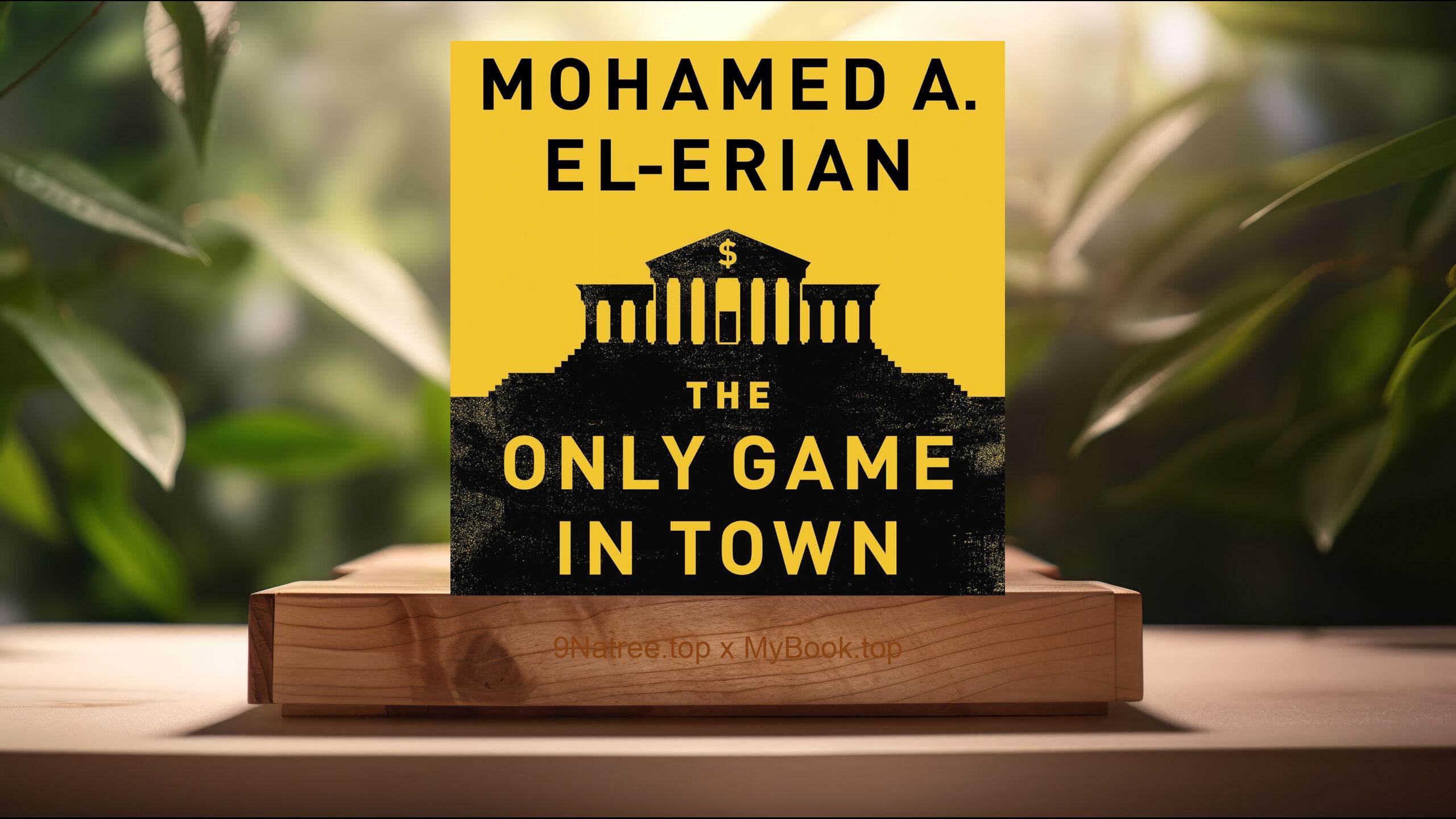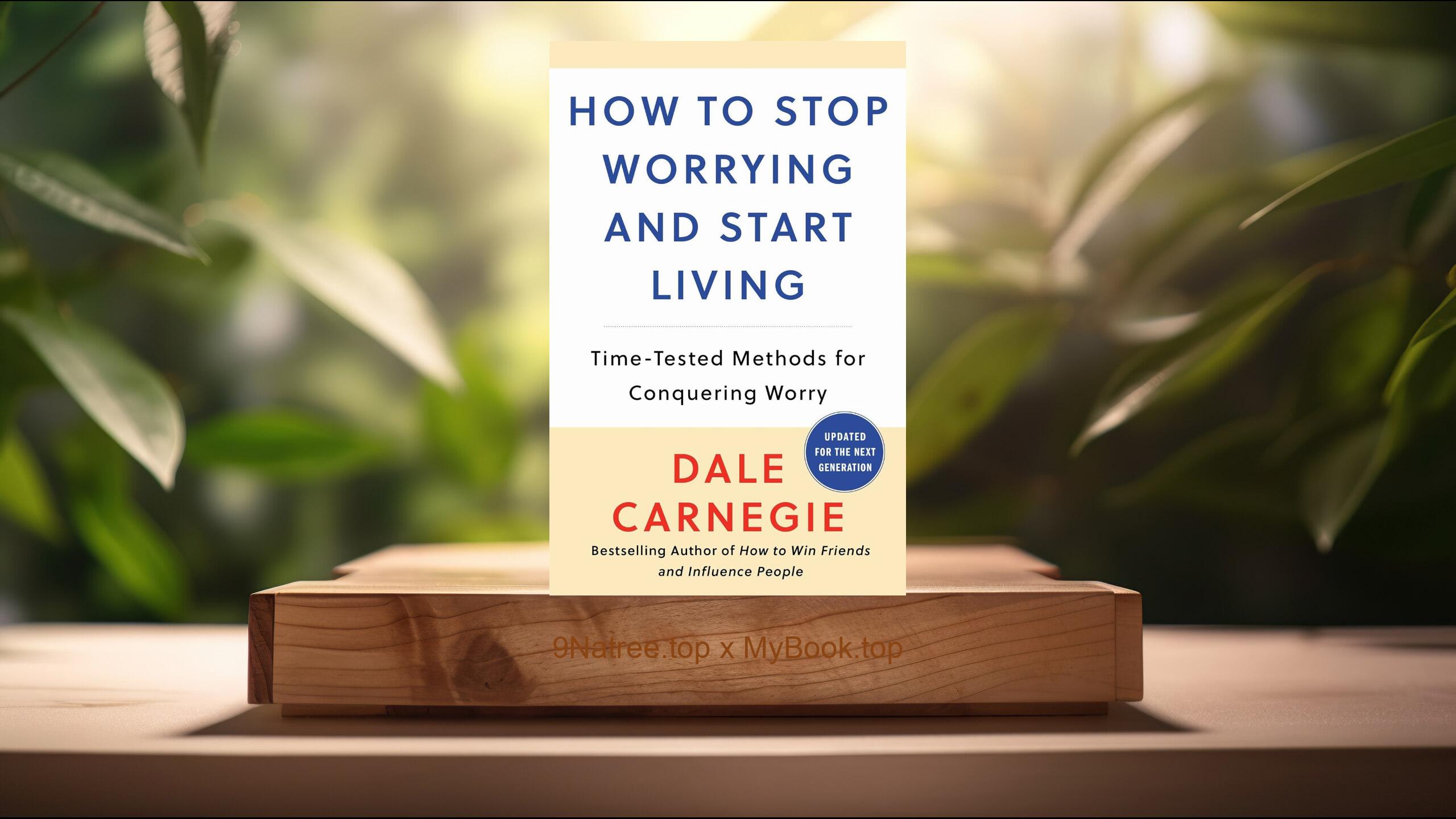Show Notes
- Amazon USA Store: https://www.amazon.com/dp/1984879685?tag=9natree-20
- Amazon Worldwide Store: https://global.buys.trade/Awe-Dacher-Keltner.html
- Apple Books: https://books.apple.com/us/audiobook/awe-the-new-science-of-everyday-wonder-and-how/id1619915245?itsct=books_box_link&itscg=30200&ls=1&at=1001l3bAw&ct=9natree
- eBay: https://www.ebay.com/sch/i.html?_nkw=Awe+Dacher+Keltner+&mkcid=1&mkrid=711-53200-19255-0&siteid=0&campid=5339060787&customid=9natree&toolid=10001&mkevt=1
- Read more: https://mybook.top/read/1984879685/
#psychologicalbenefits #emotionalhealth #socialconnectivity #contemporarysociety #culturalperspectives #DacherKeltner #everydaywonder #Awe
These are takeaways from this book.
Firstly, Definition and Mechanisms of Awe, Dacher Keltner begins by meticulously defining awe as an emotional response to encountering something vast and grand that challenges our standard way of seeing the world. This might range from monumental natural landscapes to a deeply altruistic human act. Keltner explains how awe engages the autonomic nervous system, providing a direct link between awe experiences and physiological changes. He covers various scientific experiments demonstrating that the sensation of awe slows down our perception of time, enhances our mood, and alters the way our brain processes information. Through detailed narratives, Keltner illustrates how these transformations occur, thereby giving us an in-depth understanding of how awe can be a transformative force.
Secondly, Health Benefits of Experiencing Awe, One of the most compelling sections of Keltner’s book discusses the significant health benefits associated with regular experiences of awe. Through various studies, Keltner establishes how awe can lead to lower levels of inflammatory cytokines, which are markers that contribute to poorer health outcomes. Moreover, he explores how awe leads to decreased stress levels and improved overall emotional well-being. By integrating data with personal anecdotes, Keltner makes a convincing argument about how incorporating moments of awe into one’s daily routine can be as an effective non-pharmaceutical intervention to promote psychological and physiological health. The implications of these findings suggest that awe not only feels good but is also good for you.
Thirdly, Awe and Social Connectivity, Keltner dedicates an important portion of his book to exploring how awe contributes to societal bonds and enhances social behaviors. He explains that awe promotes what he calls 'the small-self,' a state of reduced individual ego, which leads to increased feelings of connectedness with others. This phenomenon can encourage more cooperative behaviors, foster tolerance and increase generosity. By scientific studies and engaging stories, Keltner convincingly argues that awe can be an essential tool for building community and enhancing social relationships. This insight is especially relevant in today’s divisive society, suggesting ways to build more harmonious social interactions.
Fourthly, Awe in Modern Society, In an insightful exploration, Keltner discusses the presence and scarcity of awe in contemporary life. He critiques modern lifestyle patterns—such as increased indoor activity and dependency on technology—that potentially restrain awe experiences. Yet, he also offers solutions on how to reintegrate awe into our daily lives through nature, art, technology, and community. Keltner encourages an awe-based approach to education and work environments, which could lead to a more inspired, productive, and mentally robust society. Discussions on real-life implementations in schools and workplaces provide a practical blueprint for fostering a culture of awe and appreciation.
Lastly, Cultural Variations and Awe, Finally, Keltner touches upon the cultural dimensions of awe, examining how different cultures experience and foster awe. He brings to light that certain practices and traditions that promote collective experiences, such as religious ceremonies or communal festivities, could play a significant role in how societies experience awe. This section adds a critical global perspective to our understanding of awe, suggesting that while the triggers of awe might be universally similar—vastness and transcendence—the expressions and integrations can greatly differ based on cultural context. This global view helps in appreciating the mosaic of awe-inspiring experiences across human societies.
![[Review] Awe (Dacher Keltner) Summarized](https://episodes.castos.com/660078c6833215-59505987/images/2041164/c1a-085k3-0vkx66ozh7qj-tj2lpt.jpg)




